Origin Alta, Norway (2002) | ||
 | ||
Derivative forms Nightstep (sped up dubstep) Albums The Night Is Dark, The Secret Archives Genres Dance/electronic, Hardcore Members Thomas S. Nilsen, Steffen Ojala Søderholm Record labels DCX Music, DeathNet Studios, Nightcorings, Kontor, Nightcored, Nightcore Similar Tina Cousins, Hatsune Miku, Alan Walker, S3RL, Melanie Martinez Profiles | ||
Nightcore rock mix shinedown
A nightcore edit is a remix track that speeds up its source material, increasing its pitch. Formed in 2002, the name for the internet-based genre was originally defined as sped-up and pitch-shifted versions of trance and eurodance songs, but its definition expanded into non-dance territory by the time the remix style became popular in the 2010s. Nightcore was an influence for the founders of PC Music, a label that has been attributed for the publicity of the style. When uploaded as a music video on YouTube, most nightcore videos feature a manga or anime picture as a visual component.
Contents
- Nightcore rock mix shinedown
- Nightcore this little girl
- Norwegian DJ duo Nightcore
- Transition to the internet
- Popularity in the 2010s
- Influence
- Songs
- References
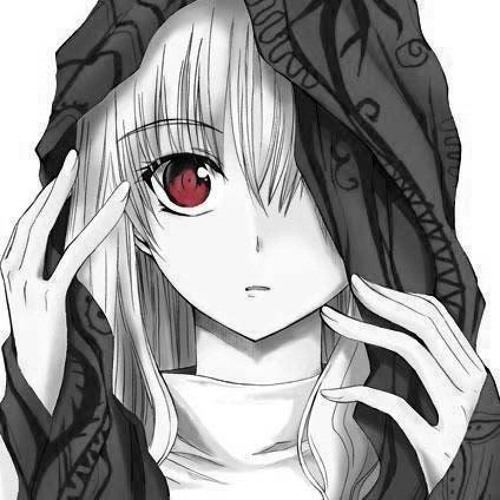
Nightcore this little girl
Norwegian DJ duo Nightcore

The nightcore term was first used in 2002 as the name for a school project by Norwegian DJ duo Thomas S. Nilse and Steffen Ojala Søderholm, known by their stage name as DJ TNT and DJ SOS respectively. The name Nightcore means "we are the core of the night, so you'll dance all night long", stated in their website named "Nightcore is Hardcore". The two were influenced by pitch-shifted vocals in German group Scooter's hardcore songs "Nessaja" and "Ramp! (The Logical Song)", stating in an interview that "There were so few of these kinds of artists, we thought that mixing music in our style would be a pleasure for us to listen to" and "Nightcore has become a style of music, a way to make the music happier – 'happy hardcore' as they say."
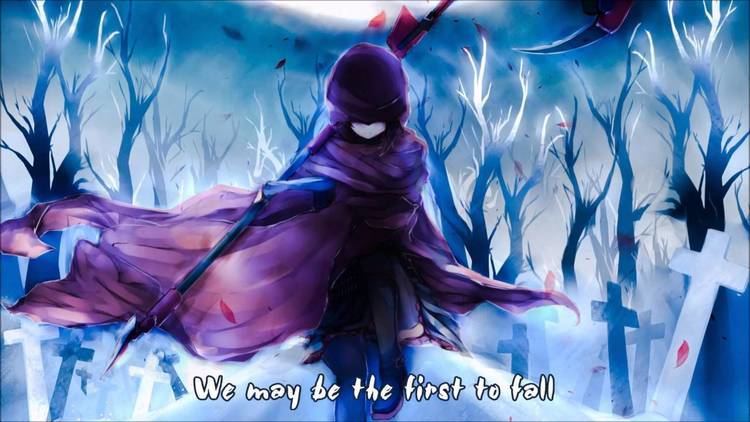
The duo set up what is considered by the initial nightcore community to be the original definition of a track in the style, a 25% sped-up (commonly to around 160 to 180 beats per minute) and high-pitched version of a trance or eurodance song. The nightcore genre has been compared to happy hardcore and bubblegum bass due to its fast tempos, energetic feel and high-pitched vocals.

Nightcore made five albums of sped-up versions of less-known trance recordings, including their 2002 thirteen-track debut album Energized and their later albums Summer Edition 2002, L'hiver, Sensación and Caliente. Their first album was made with eJay, while all of their later work was made with what they described as "top secret" programs. All of their records were sold to their friends and DJs around their area.
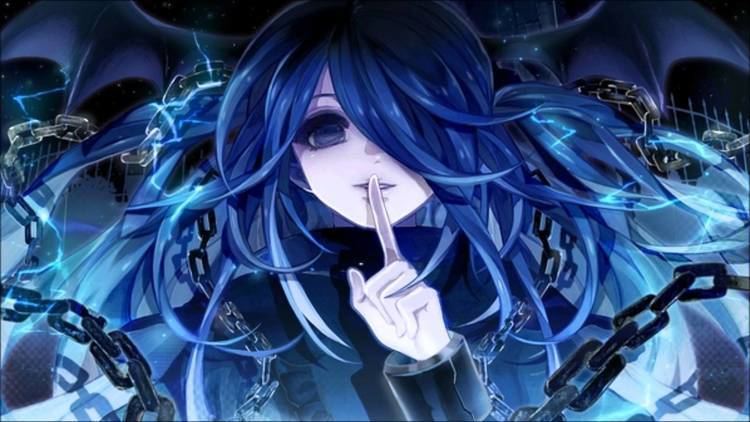
In 2011 and 2012, Nightcore became active again with a new Facebook page, and released 4 songs Astral Plane, All I Want For Christmas, Hater Å Elske Deg and Into The Sky via Maikel6311's nightcore channel on YouTube. The Facebook page becomes the sole place Nightcore interacts with their fans, though the interactions have been reduced to a post every few months after 2012.
Transition to the internet

Nightcore's works started appearing on services such as LimeWire and Youtube around the mid-2000s. The first nightcore track to appear on the latter site was "Dam Dadi Doo" by the duo in 2006. Only two of the project's albums have surfaced on the Internet.
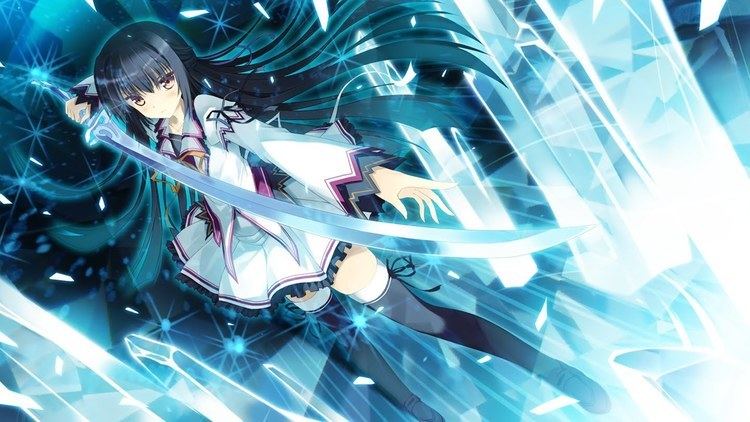
One of the first people to distribute nightcore music on the Internet was a person by the Youtube alias Maikel631, starting in 2008. He first released all of what was around 30 original cuts by the Nightcore duo on the website. Some time in 2009, he found a "new" nightcore track and the technique to make material in the style:
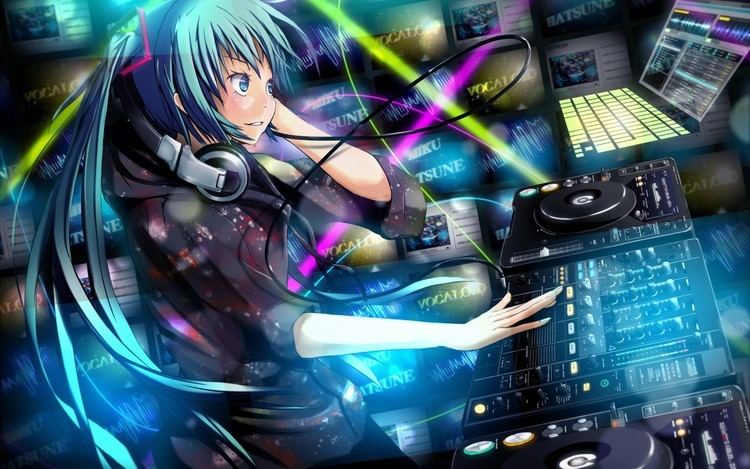
I came to the realization that Nightcore songs could be made by everyone, using reasonably simple audio software. I was at least one of the first people to really use that knowledge to make Nightcore edits. oShyGuyzo did this before me with Nightcore II. Another channel which I followed and started exploring fan-made Nightcore around the same time was Nasinocinesino.
Popularity in the 2010s
The first nightcore edit of a non-dance track was that of a track by rock band Evanescence, uploaded on Youtube in 2011. From there, the genre rose in popularity with more and more users and channels such as NightcoreReality applying the nightcore treatment to more non-dance genres such as pop music and hip-hop. Many of the pioneer uploaders of nightcore including Maikel631 have called these non-dance edits "fake". Fan Fiction, a journalist who wrote a feature about nightcore for Nest HQ, praised the expansion of nightcore to other types of music, but still felt there were many popular songs that were better off not having a nightcore version.
The nightcore scene then crossed over to Soundcloud with the help of artist lilangelboi, who had released around ten to fifteen edits on the service before being signed to Manicure Records. The head of Manicure, Tom "Ghibli" Mike, recalled, "I just got totally obsessed with it. I put up that one he did, "Light", we had him up here to DJ a few parties, and then he moved here. That was totally how nightcore became a thing for us." The label's #MANICURED playlist consisted of nightcore renditions of K-pop and electro tracks, a few of them also incorporating production techniques outside of pitch-shifting and speeding up the source material, such as "Mile High" by Chipped Nails and Ponibbi and "Fave Hours" by F I J I.
The use of Manicure's early work as openers and closers for the London radio show Radio JACK댄 is also what further hammered in the common sound of nightcore starting in circa 2014. As Fan Fiction wrote, "Sometimes he would play one, let it finish, then start it over again. The live chat would go crazy. He'd be adjusting the tempo in real time. Screaming. Laughing. Giving shout outs. His support of the early Manicure Records edits helped point a lot of people in the direction of that sound."
Late 2014 marked the formation of the group Coaster Crew, which holds what are known as "Coasts" on the site rabb.it where people watch "roller coaster point-of-view videos" over nightcore tracks. This was where members of the group began to expand on the nightcore genre and its image, and a member, Fan Fiction, also coined the popular abbreviation nxc. 2015 marked what he described as a "new wave" of nightcore, where people on SoundCloud started to include nightcore edits in their playlists and mixes and independent labels that released nightcore music like Japanet and NITE CORP were formed.
The publicity of nightcore has also been attributed to the works of PC Music, formed in 2013 by musicians Danny L Harle and A. G. Cook who claimed to be influenced by the genre.
Influence
By the mid-2010s, the nightcore scene had garnered attention from musicians such as Djemba Djemba, Maxo and Harrison, Nina Las Vegas, Ryan Hemsworth, Lido, Moist Breezy, and PC Music founders Danny L Harle and A. G. Cook. Harle and Cook have claimed nightcore to be influences in interviews, the former saying in an interview,
From the second I first heard it, it's been so intensely emotional for me to listen to. I don't feel like it's an interaction from another human to me, it's just MP3 sound making me feel emotional in my head. With that kind of stuff, it's just a representation of heightened emotion for me.
Nightcore also received recognition from the press. A THUMP writer described it as the "most innovative club music today" and wrote that it also led to a number of "awful" internet memes:
Throughout the late aughts and into the 2010s, it became the subject of a number of awful memes, and even an entry on KnowYourMeme.com, where a surprisingly extensive history of the genre sits next to histories of trap and its infamous air horn sample. Like that iconic, oft-sampled sound, nightcore's inescapable appeal lies in loud, brash, low-brow fun, a heart-pounding blunderbuss of gooey, candy-coated sounds. It's an artifact indebted to an earlier, less formalized internet, one where file-sharing and forum culture reigned supreme, and where many aspiring producers first experienced the thrill of connecting with a larger community online.
Medium wrote that "To some, nightcore edits can look like blatant rip-offs, but what they're doing is they're translating a song and sound to a different audience. Would I listen to Kelly Clarkson? No. Would I listen to nightcore Kelly Clarkson? Well… Yes." Dance Music Northwest described nightcore as "too catchy, too danceable, and far too much fun to not welcome into the dance music mainstream."
Songs
Angel with a Shotgun
This Little Girl
The Zombie Song
